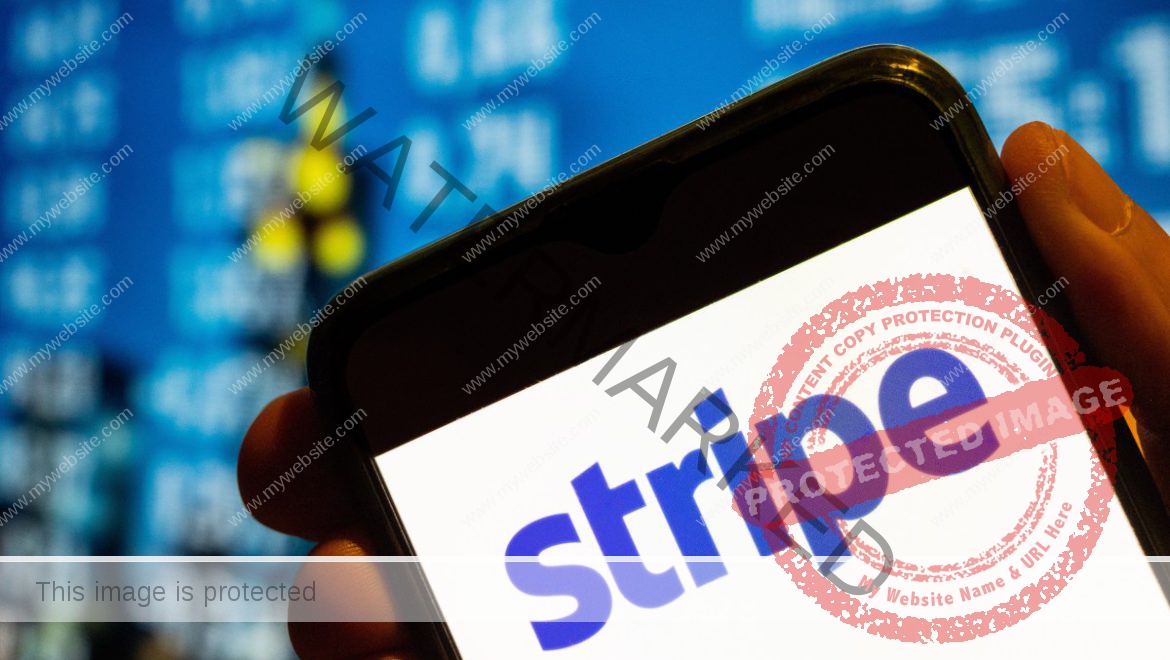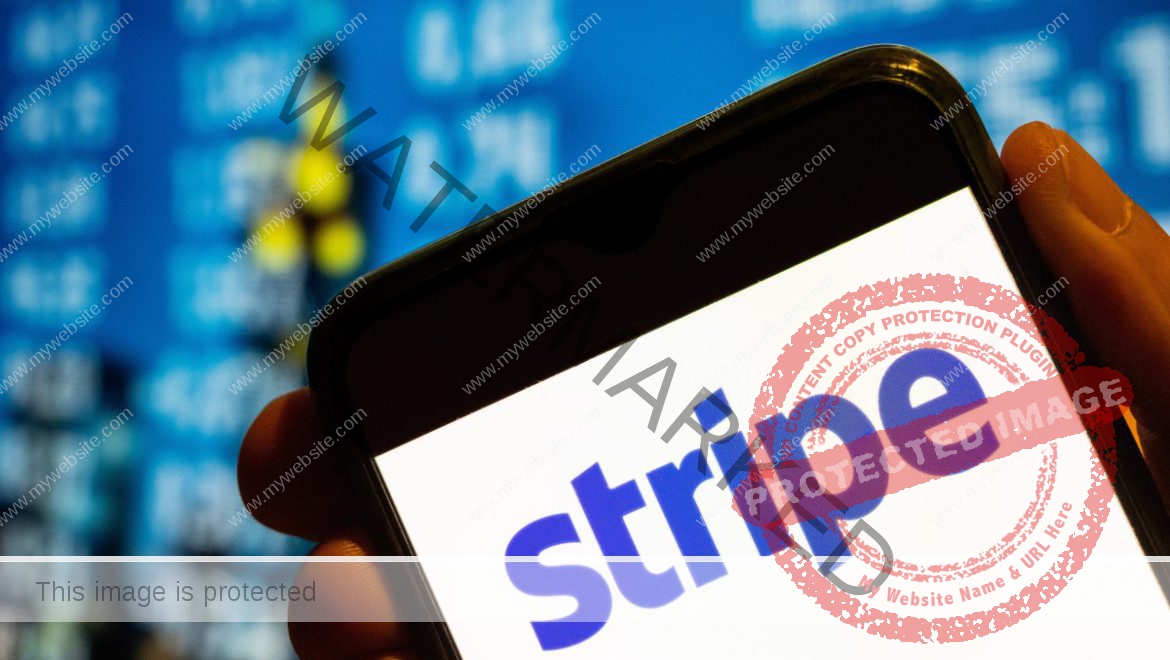Stripe continues to hold the title of being the biggest financial technology business still in private hands, with a current valuation of about $65 billion and a whopping $1 trillion in total processed payment volume last year alone. But fintech is fragmented and a fast-moving target, and with competitors chipping away at its place, Stripe is changing up its approach.
Today, Stripe announced that it will be de-coupling payments — the jewel in its crown — from the rest of its financial services stack. This is a big change, considering that in the past, even as Stripe grew its list of services, it required businesses to be payments customers in order to use any of the rest. Alongside this, the company is adding in a number of new embedded finance features as well a new wave of AI tools.
The updates were unveiled at Sessions, Stripe’s big developer event in San Francisco, where the company said it would be announcing more than 50 (yes, 50) new features on its platform, part of a slate of more than 250 (yes, 250) that have been announced so far this year.
That might sound like a lot of noise, but in truth, most of the list of new items is actually on the incremental side — updates and new features to bigger products already announced.
“Our mission is to grow the GDP of the internet. Our strategy is to listen carefully to the needs of the most sophisticated and innovative businesses in the world,” said Patrick Collison, the CEO and co-founder of the company, at the event. “This year, because of our scale, Stripe is well positioned to help our users deal with the increasingly complex payments landscape and put AI to work to drive growth. We’re also making Stripe more modular, so companies can use just the parts of Stripe most useful to them.”
Stripe removing its requirement to use its payments API addresses a major piece of friction for customers and would-be customers who might have wanted to use some of the company’s other tools — which include the likes of fraud, risk and verification services, billing and invoicing, in-person payments, financial account data, and more — but did not want to be all-in on Stripe’s larger platform. It signifies a shift in how Stripe views its wider platform: in the past it took the approach that the launch of other services could help lure users to taking its payment services; now it appears to be willing to explore how it can sell some of those either, non payments services on their own.
In an interview, Will Gaybrick, Stripe’s chief product officer, admitted that users had been asking for company to open up its walled garden for some time, but he claimed that one of the main reasons why it delayed doing so until now was due to it being technically hard to create integrations for legacy services.
On another level, it underscores an interesting shift in the market: companies like Stripe (and many others like Adyen) have taken a platform approach to the business of payments services. They aim for bigger revenues and margins per customer by becoming one-stop-shops. But the truth is that the market is huge and fragmented, and customers of all sizes have dozens, sometimes hundreds, of options for what to use.
Indeed, some will want to have the freedom to be flexible, and some might well be locked into contracts, and some may simply want to work with multiple providers depending on the market in question, or to de-risk by using multiple platforms. That has clearly started to become a bigger opportunity for the company; hence opening up its walled garden now.
Other notable updates announced today:
Adding AI tooling to the checkout and fraud tools
Stripe announced a new version of its checkout experience that will be using AI to give a more precise selection of payment options to customers depending on location and what customers may have already used. To fuel the personalization, it’s doubling the number of payment methods to 100. They include the likes of Amazon Pay, Revolut Pay, Swish, Twint, and Zip.
“What we’ve heard historically is, hey, we need more payment method coverage if you want us to go all in on Stripe,” Gaybrick said. OpenAI (which is also one of Stripe’s AI partners), Slack and River Island are among Stripe’s customers for this service.
Stripe said that developers will also be seeing more AI when it runs A/B testing on the checkout flow.
On the fraud front, this is one area where Stripe is very much following the market trends, where we are seeing AI tooling being added into a number of fraud detection services. In its case, it’s launching a new tool called “Radar Assistant”, which lets users create new fraud tools on its Radar risk platform using natural language commands.
Big embedded finance feature update
Embedded finance — which involves companies, which may or may not be focusing on financial services, integrating financial products into their apps and other services to improve customer loyalty, revenues and experience — has become a growing area in fintech, with companies like Rapyd, Plaid, Airwallex and TrueLayer among the dozens of companies building and provisioning these tools to neobanks, other fintechs and others. Given that many ‘as a service’ offerings also offer payments, it’s important that Stripe continue to build out its own embedded finance efforts, branded Stripe Connect, to remain competitive.
Today it announced a number of upgrades to bring the total number of Connect tools to 17, included 10 focused on different payments services. These include, for example, adding in Stripe Capital to offer loans to customers, it said. Gaybrick told TechCrunch that Lightspeed, the point of sale company, makes 50% of its revenues now from embedded finance products, so it’s an important area for Stripe to keep developing.
Usage-based billing upgrade
Stripe has, frankly speaking, been somewhat slow on building out more sophisticated subscription and billing products, opening the door for companies like Paddle and more recent arrivals like Lago (which focuses on open-sourced billing) to create significantly more nuanced offerings to address the wave of new technology and pricing for that tech in the market. These range not just to more granular and customizable subscription models, but also the introduction of usage-based billing, based on whatever parameters that customers want to create. Now Stripe is also throwing its hat into that game and today it’s announcing that Anthropic is as a high-profile customer using the feature to tailor how it charges and bills for its API.
“For Claude Pro, we use Stripe Billing to manage subscriptions. For our API, we use Stripe Invoicing to make it easy to automate accounts receivable, collect payments, and reconcile transactions. This improves the experience for Anthropic and our customers alike,” said Daniela Amodei, cofounder and president of Anthropic, in a statement.












